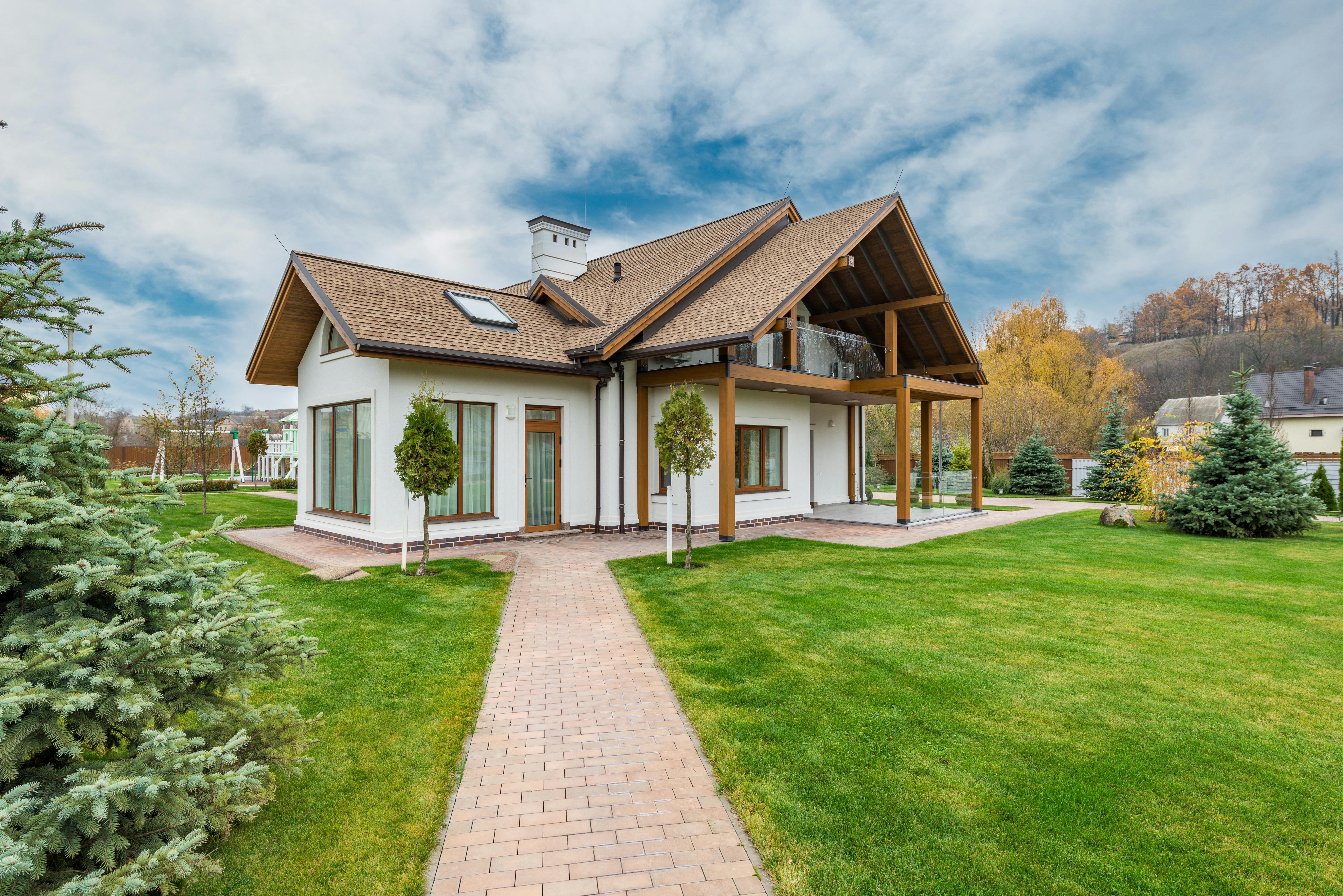Gardening is a great way to get outdoors and get your hands dirty. If you’re looking for a way to grow your own produce, then building a vegetable garden is the perfect project. A vegetable garden will give you fresh, delicious vegetables right from your backyard. With the right guidance and tools, starting a vegetable garden is easier than ever. In this guide, we’ll show you how to build a vegetable garden that will produce healthy vegetables in no time.1. Research what vegetables grow best in your climate and select a variety of vegetables that you would like to plant.
2. Measure your garden space and determine how much area is available for gardening.
3. Decide on the layout of your garden, including pathways, raised beds, or containers.
4. Start preparing the soil by removing weeds, adding compost and testing the soil pH levels to ensure the soil is healthy for planting.
5. Plant the vegetables according to their spacing requirements and water them regularly.
6. As the plants grow, consider adding mulch
Design Your Vegetable Garden
Designing your own vegetable garden can seem like a daunting task, but it’s actually quite simple if you take the time to plan out your space and choose the right vegetables. Before you start planting, consider the size and shape of your garden, as well as the amount of sunlight and water it will get. Once you have these basics figured out, it’s time to pick which vegetables you’d like to grow. Some popular choices include tomatoes, sweet peppers, carrots, spinach, and beans. Make sure to choose varieties that are suitable for your
Choose the Right Location for Your Vegetable Garden
Choosing the right location for your vegetable garden is a crucial step to ensuring a successful growing season. The location of your garden will determine how much sun and water your plants will get, as well as the type of soil you’ll need to cultivate. Here are some tips to help you choose the best location for your vegetable garden.
First, make sure you find an area that gets at least six hours of direct sunlight each day. Vegetables need plenty of sunshine in order to thrive and
Preparing Soil for a Vegetable Garden
Creating a vegetable garden is an exciting and rewarding experience. But, in order to get the most out of your garden, it is important to prepare the soil properly. This involves testing the soil, improving drainage, and adding nutrients. With a little bit of effort, you can ensure that your vegetable garden will be healthy and productive for years to come.
The first step in preparing the soil for a vegetable garden is to test it. This will help you determine what type of amendments
https://images.pexels.com/photos/14937400/pexels-photo-14937400.jpeg
Knowing What and When to Plant in a Vegetable Garden
Knowing what to plant and when to plant it are two of the most important considerations for a successful vegetable garden. By understanding the needs of each vegetable, you can plan your garden accordingly and maximize its potential. Before starting your vegetable garden, it is important to take a few moments to learn about the different types of vegetables that you can grow, as well as the best times for planting them.
When planning your vegetable garden, consider the growing season for each type of vegetable. Some vegetables need

Raised Bed Gardening for Vegetables
Raised bed gardening is an easy and efficient way to grow vegetables. It can be used to create a self-contained, manageable space for planting and harvesting. Raised beds are great for small spaces, as they can be built to fit any size area. They also help with drainage and soil structure, while keeping weeds under control. Plus, they look great in the garden!
To get started with raised bed gardening, you’ll need to prepare the soil. This involves adding organic material like compost or
Watering Your Vegetable Garden
Proper watering is essential for a healthy vegetable garden. It is important to water the plants regularly, especially during dry periods in the summer. The best time to water is early in the morning, as this will allow the water to penetrate deeply into the soil and provide moisture for the entire day. Avoid watering during the hottest part of the day, as this can cause evaporation and make it harder for your plants to absorb moisture. When watering, make sure to soak the soil thoroughly, so that water reaches all parts of your vegetable garden
Controlling Weeds in Your Vegetable Garden
Weeds can be one of the biggest nuisances in vegetable gardens. Not only do they compete with your vegetables for valuable water and nutrients, but they can also harbour pests and diseases. Controlling weeds is an important part of keeping your vegetable garden healthy and productive. Here are some tips to help you manage the weeds in your garden.
The best way to control weeds is to prevent them from establishing in the first place. Before you plant, clear away any existing weeds and cover the soil with

Conclusion
Planning and planting a vegetable garden is an exciting and rewarding adventure. With the right tools and knowledge, you can create a sustainable and successful garden that will produce delicious vegetables for years to come. From selecting the best site to understanding what plants need to thrive, you now have all the information you need to get started.
Now that you know how to build a vegetable garden, there’s no better time than now to start planning your own. With some hard work, dedication, and patience, your vegetable garden will soon be flourishing
